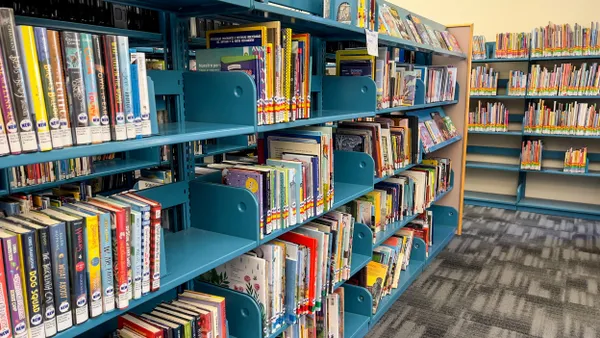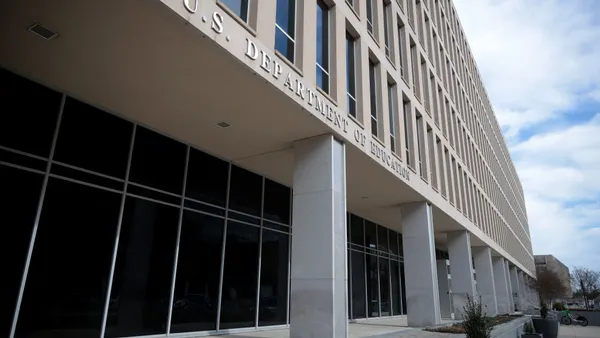The U.S. Department of Education aims to increase the number of bilingual and multilingual teachers supporting English learners, according to a proposal published in the federal register on Friday.
In its proposed priority for the National Professional Development Program, a federal grant designed to improve instruction for English learners, the department said it plans to give more weight to higher education institutions — in addition to the state agencies and districts that work with them — whose professional development programs help eliminate the multi- or bilingual educator shortage.
Entities hoping to tap into the funding would be prioritized based on whether they serve low-income students or hope to increase the skills and number of licensed/certified bi- or multilingual instructors.
"Specifically, we are proposing priorities designed to help eliminate the educator shortage, increase services for our students who are English learners, and expand pathways to multilingualism for all students," the notice said.
States reported a 1.8% increase in the number of English learner students during 2019-20 compared to the previous school year, according to a May report provided to Congress by the U.S. Department of Education's Office of Language Acquisition. That amounts to an increase of over 91,700 EL students.
Meanwhile, there was a significant decrease in the number of English language instructors during the same period — there were over 40,000 fewer EL instructors by 2019-20. This resulted in a widened nationwide ratio of students to EL instructors, from 11 students per every instructor in 2018-19 to 13 students for every instructor by 2019-20.
In 2019-20, the top five languages spoken by English learners were: Spanish, Arabic, Chinese, Vietnamese and Portuguese.
In 2022, the Education Department recommended that $119,638,185 be distributed through the NPD program to 44 recipients. That's a significant increase from the $20,486,584.00 recommended in 2017, but a decrease from $138,481,964 in 2021.
"As the EL population continues to grow, and as our global economy becomes more interconnected, it is increasingly important to focus efforts on addressing the shortage of teachers and other staff licensed and certified to work with ELs and to provide opportunities for all students to benefit from bilingual or multilingual instruction," said the Education Department in the notice published on Friday.
A slew of recent events may further challenge districts' efforts to serve ELs.
For example, the recent easing of COVID-19-era restrictions that slowed the arrival of asylum-seekers in the U.S. has now led to an influx of migrant students.
And on Wednesday, a federal judge ruled against Deferred Action for Childhood Arrivals, or DACA, an Obama-era program that allows undocumented immigrants brought to the U.S. as children to continue to live and work in the country.
The program faced challenges under the Trump administration, whose efforts to end DACA could have negatively impacted the careers of thousands of bilingual educators. The judge's ruling on Wednesday temporarily leaves the program intact for current DACA recipients, but prevents new applications.
The ruling deeming DACA illegal makes it likely that the issue will again make its way to the U.S. Supreme Court, potentially adding even more challenges to the ongoing shortage of bi- and multilingual educators.







 Dive Awards
Dive Awards






